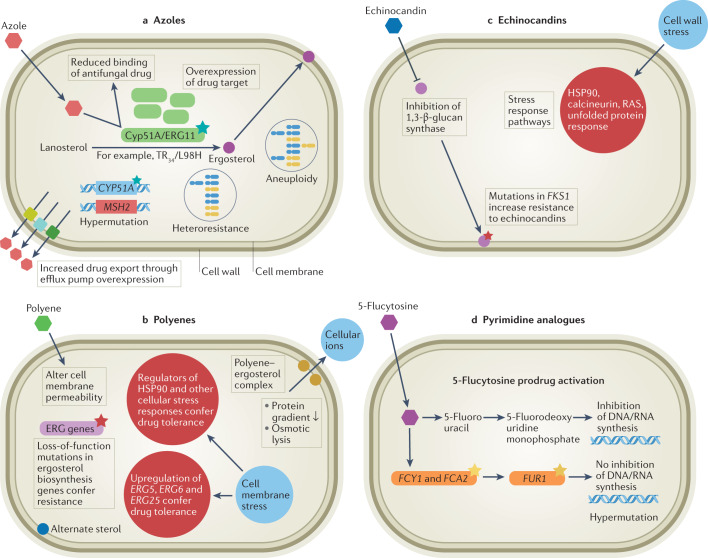Fig. 1. Major routes to acquiring antifungal drug resistance and/or tolerance in key invasive human fungal pathogens.
Routes to acquiring antifungal drug resistance and/or tolerance vary depending on the mode of action (MOA). a | Azole drug resistance is primarily due to increased efflux of the drug from the fungal cell (particularly in Candida spp.) and modifications to the sterol biosynthesis pathway caused by point mutations and promoter insertions in CYP51A (Aspergillus fumigatus). In other fungal species, such as Cryptococcus neoformans, overexpression of the drug target and efflux pumps caused by chromosomal aneuploidy and hypermutation is common. b | Polyenes alter cell membrane permeability by forming a complex with ergosterol, and resistance is caused by loss-of-function mutations in ergosterol biosynthesis genes (particularly in Aspergillus and Candida spp.). In Candida albicans in particular, double loss of ERG3 confers resistance. However, drug tolerance is common, via upregulation of ERG5, ERG6 and ERG25 in C. albicans. c | Cell membrane stress can also impact regulators of HSP90, conferring drug tolerance. Echinocandins inhibit 1,3-β-d-glucan synthase (FKS1), and mutations in this gene cause resistance in Candida and Fusarium spp. Echinocandin exposure can also lead to cell wall stress through inhibition of β-glucan synthase, with indirect downstream activation of Ca2+/calcineurin or HSP90/mTOR pathways, which are involved in drug tolerance. d | Pyrimidine analogues such as 5-flucytosine inhibit DNA and RNA synthesis. Resistance can arise via point mutations in the target gene FCY1, and is common in Candida spp. Hypermutation in Cryptococcus spp. is also known to cause resistance to this drug class. TR, tandem repeat.

